$39.97 Original price was: $39.97.$27.98Current price is: $27.98.
SKU: D2LSC 554760095 Categories: Fast Growing Trees, TREES
- Quality that lasts, prices that don't.
- Experience the difference quality makes.
- Satisfaction Guaranteed
- 100% High Quality Guarantee

Eastern Cottonwood Tree
Populus deltoides
Other Names: Alamo, Carolina Poplar, Common Cottonwood, Eastern Poplar, Necklace Poplar, Plains Cottonwood, Southern Poplar
Plant Details
USDA Plant Hardiness Zones: 3a-9b Find Your Zone
Plant Type: Deciduous Tree
Height at Maturity: 50-80′
Width at Maturity: 35-60′
Spacing: 65′ for space between trees
Spacing: 65′ for space between trees
Growth Habit / Form: Upright Rounded to Rounded Vase
Growth Rate: Very Fast, 3′ or more per year
Flower Color: Golden Yellow
Flowering Period: Spring, inconspicuous
Flower Type: Catkin
Fragrant Flowers: No
Foliage Color: Light to Medium Green, glossy
Fall Foliage Color: Yellow
Fall Foliage Color: Yellow
Fragrant Foliage: No
Bark Color: Greenish Grey on young trees, Ash Grey with age
Sun Needs: Full Sun or Mostly Sun
Water Needs: Average; tolerates drought when established
Soil Type: Clay (amend heavy clay to ensure good drainage), Loam, Sandy, Silt
Soil Drainage: Moist But Well Drained
Soil pH: 4.5 – 8.0
Maintenance / Care: Low
Attracts: Birds, Visual Attention
Resistances: Cold temperatures (-60F), Deer, Disease, Moderate Drought (when established)
Description
Perhaps the fastest growing of all North American native trees, the Cottonwood typically adds 3 feet or more to its height per year. It forms an upright round to rounded vase-shaped tree 50 to 80 feet tall and 30 to 60 feet wide with attractive heart-shaped light to medium green leaves that are almost always in motion, no matter how still the air. The foliage contrasts beautifully with the grey-green bark that becomes ash gray and deeply furrowed on older trees. Though moderately drought tolerant when established, the Cottonwood prefers and thrives its best in a consistently moist site. Both the Native Americans and settlers who spotted a cottonwood on the horizon knew that it likely indicated water. As with other fast growing trees, such as weeping willow and river birch, the roots of the Eastern Cottonwood seek water, so we don’t suggest planting it within 70 feet of septic lines or close to the home. Its size makes it a good choice for large open spaces or on the edges of sunny woodland border, lakes, creeks or other bodies of water.
Wildlife Benefits
The Eastern Cottonwood tree has a high wildlife value that supports many small mammal and bird species. If you name an animal in the central United States that nests in trees, dens in holes in trees, or sleeps in trees, it uses cottonwoods. Over 40 vertebrate species including bats, large and small birds such as owls, opossums, squirrels and raccoons use the tree. Eagles nest high in cottonwoods and wild turkeys roost in their branches. It is a host to butterflies such as the Tiger Swallowtail and bees and other insects rely on them.
Landscape & Garden Uses
Growing 50 to 80 feet tall and 30 to 60 feet wide depending on climate, soil type and soil moisture, the Eastern Cottonwood tree is ideal for use as a specimen or in groupings or groves in large open spaces and sunny to partially shaded woodland borders. It will tolerate dry periods but grows best in a consistently moist soil, which makes it a fine candidate for low-lying areas or next to lakes, streams, rivers or other bodies of water. A fine addition to native plant gardens and wildlife gardens.
Suggested Spacing: 65′ apart for space between trees
Growing Preferences
Thriving as far north as Zone 3A where temperatures can drop to -40F during winter and as far south as Zone 9, the Eastern Cottonwood is easy to grow well in most any moist but well-drained soil of average to poor fertility. It prefers full to most sun and consistent moisture however will tolerate drought when established. We suggest at least 6 hours of direct sunlight per day. Pruning isn’t necessary. That said, if you want to expose the trunk(s) lower branches can be removed to desired height.
Note: Find helpful advice from our experts under the Planting & Care tab above on desktop computer monitors or below on mobile devices.
Plant Long & Prosper!
Meet The Wilson Brothers & Staff
Questions? Contact Us!
Be the first to review “Eastern Cottonwood Tree (Populus Deltoides) – 1 Gallon Pot” Cancel reply
Related products
Sale!
Sale!
Sale!
Sale!
Sale!
Fall Color Trees
Chestnut Oak Tree (Quercus Prinus) – 3 Pack Of 1.5 Quart Pots
Sale!
Sale!
Sale!

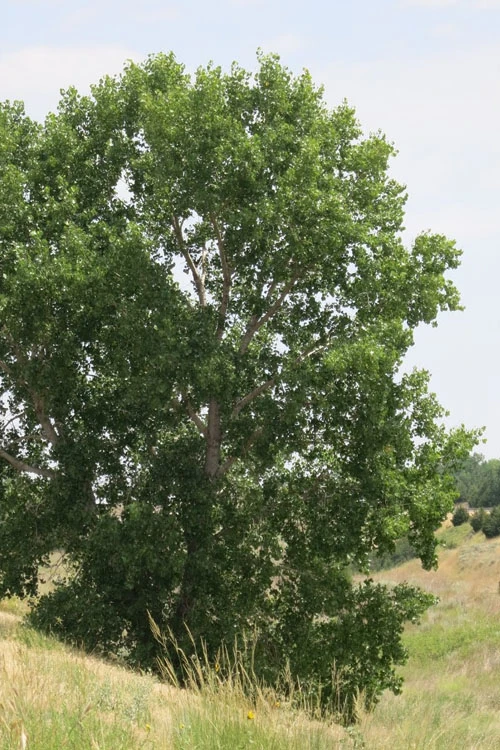


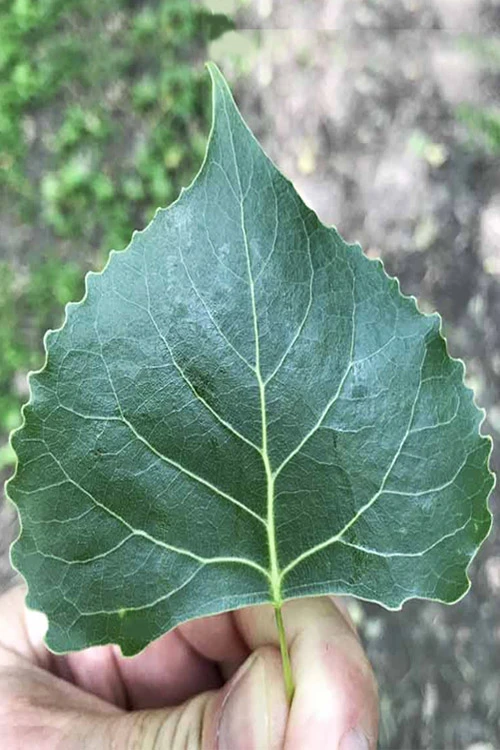
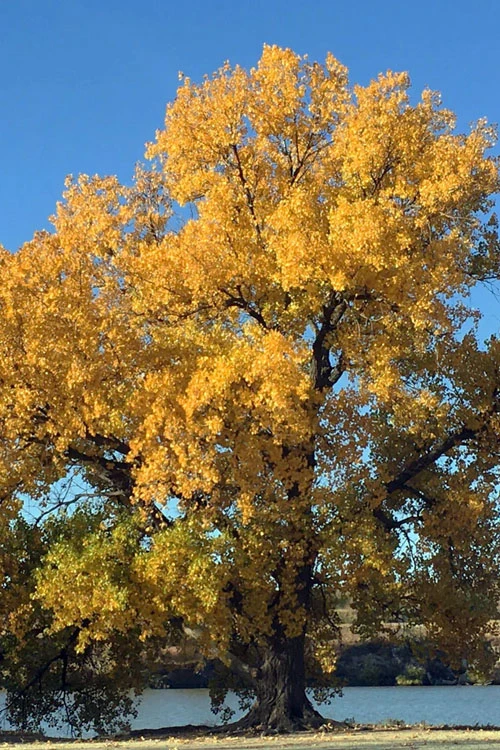
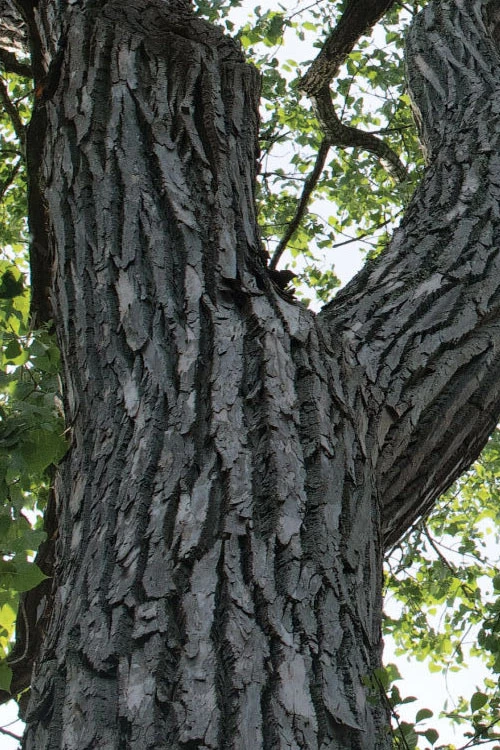

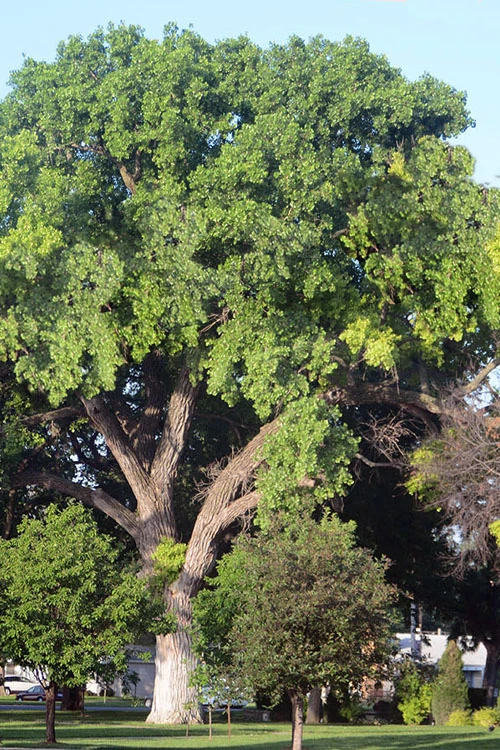

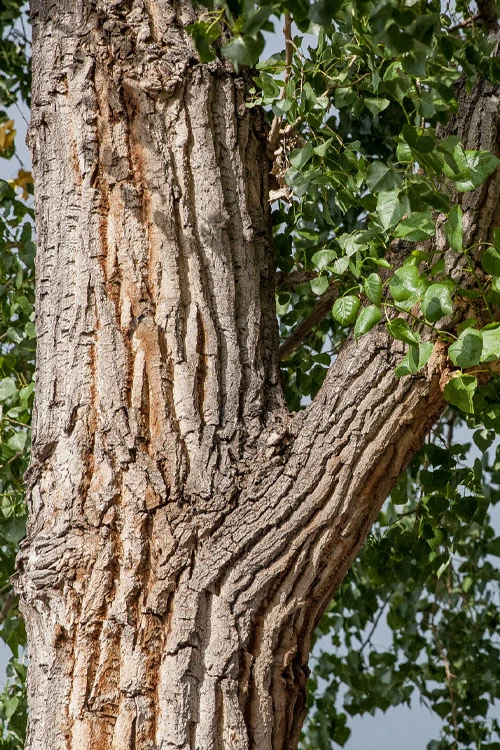
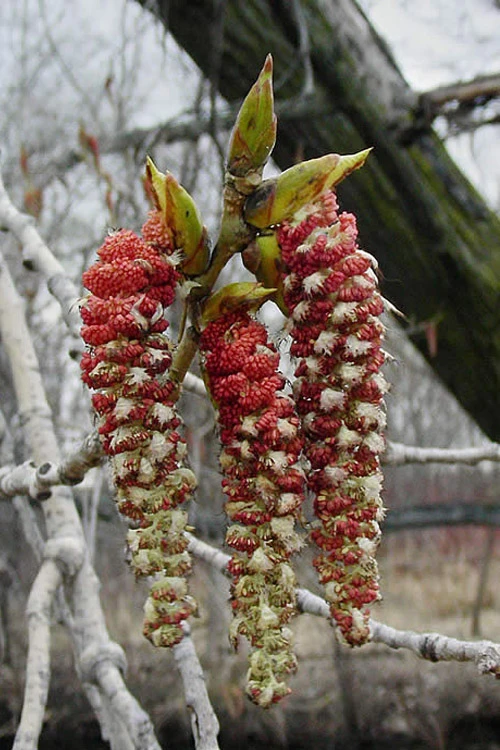

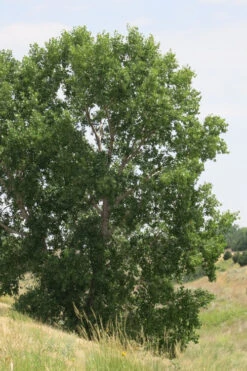




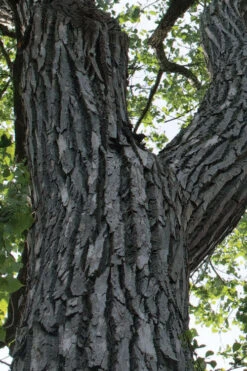
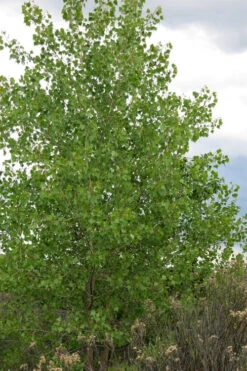


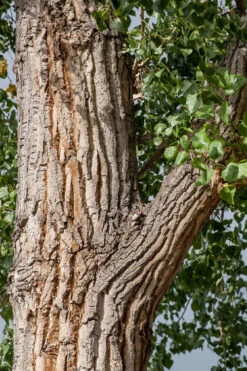


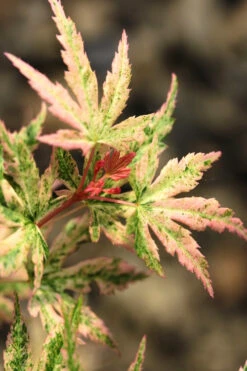

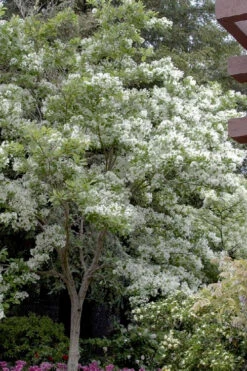







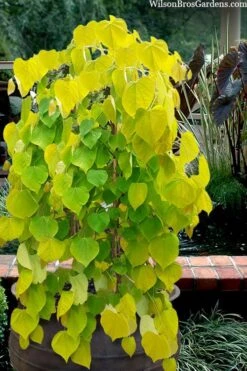

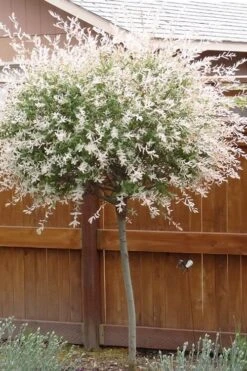



Reviews
There are no reviews yet.